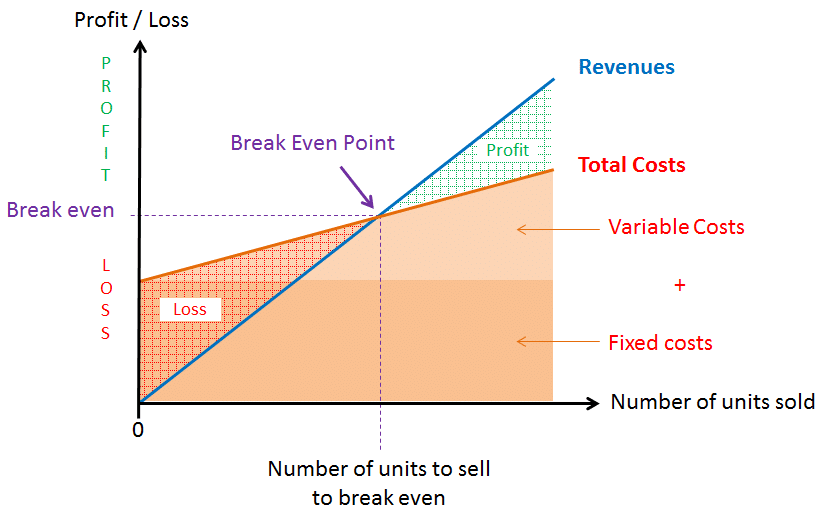Feasibility Analysis
Feasibility analysis helps an organization decide whether to proceed with a project by answering critical questions:
- Is this project feasible?
- What are the risks?
- Identify risks that need to be addressed if the project is approved
- Can these risks be overcome?
Major Components:
- Technical feasibility: Can we build it?
- Economic feasibility: Should we build it?
- Organizational feasibility: Will they use it?
Technical Feasibility
Key factors affecting technical feasibility:
- Familiarity with technology: Less familiarity introduces more risk.
- Project size: Larger projects carry more risk.
- Compatibility: Difficult integration increases risk.
Key question: Can we build it?
Economic Feasibility
To determine economic feasibility, it is essential to:
- Identify the costs and benefits:
- Development costs
- Annual operating costs
- Annual benefits (cost savings, revenues)
- Intangible costs and benefits
- Determine the cash flow
- Assess value using methods like:
- Net present value (NPV)
- Return on investment (ROI)
- Break-even point
Break Event Point
Cost-benefit analysis is used to weigh the overall financial impact. Key question: Should we build it?
Organizational Feasibility
Organizational feasibility examines:
- Conducting a stakeholder analysis to identify:
- Project champion(s)
- Senior management
- Users
- Other stakeholders
- Whether the project is strategically aligned with the business.
- User acceptance: Will the users adopt the system?
Key question: If we build it, will they use it?
